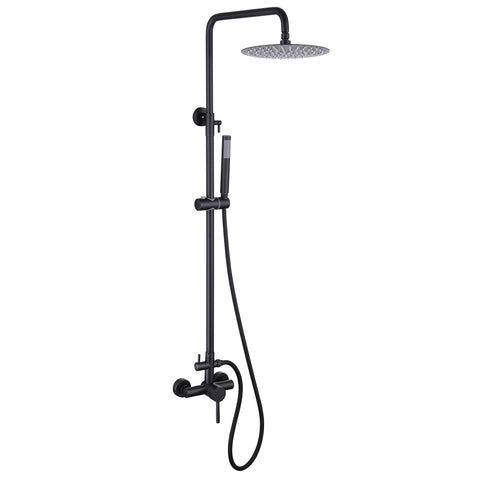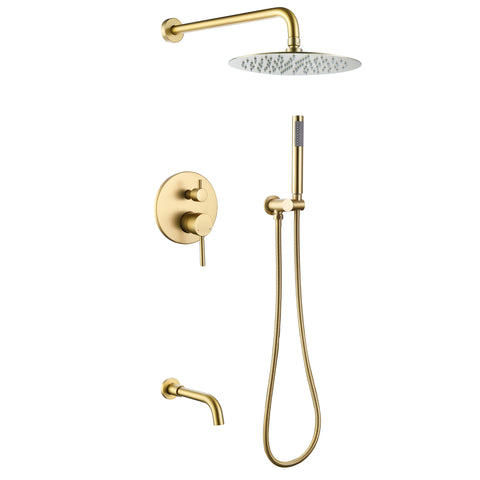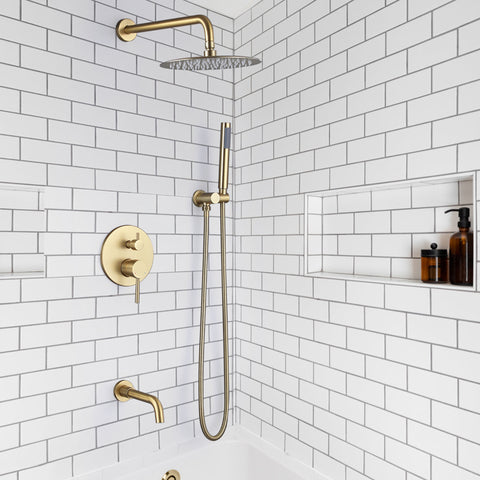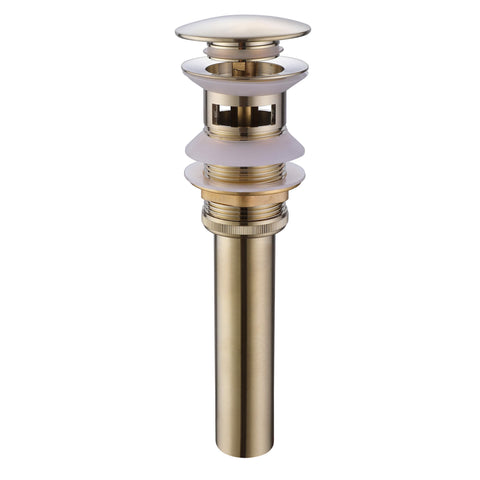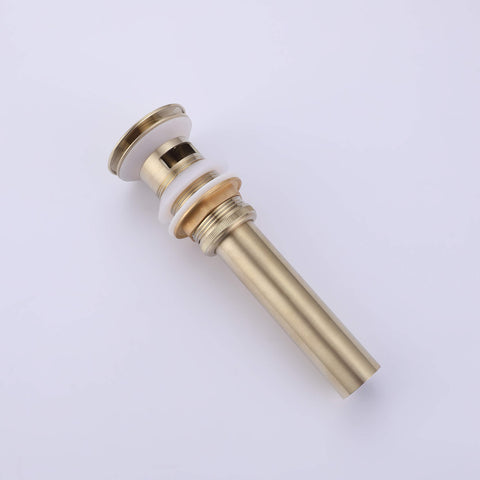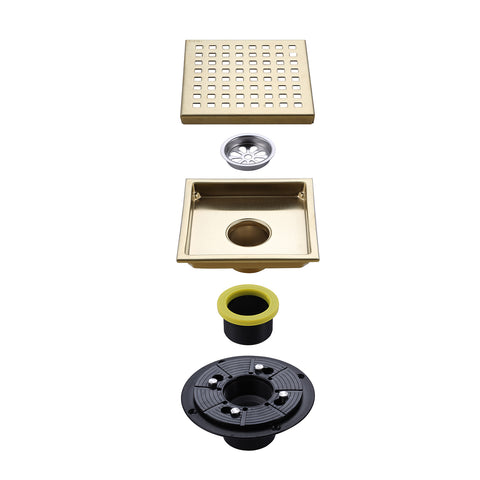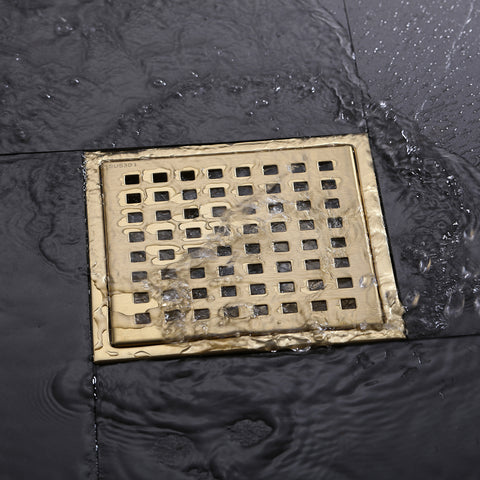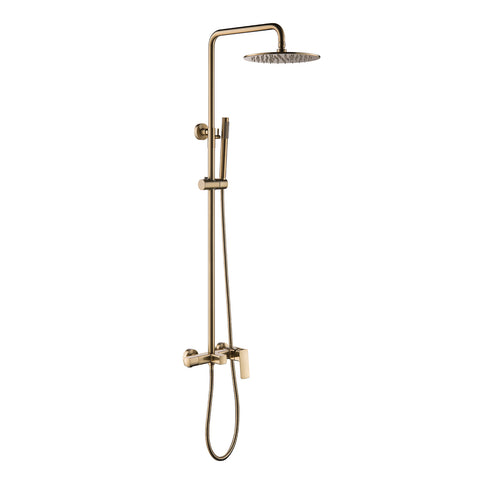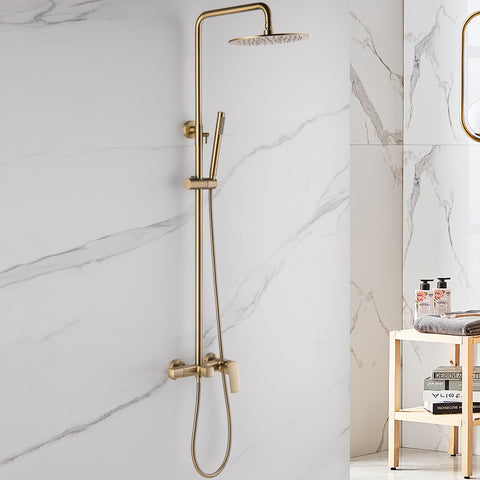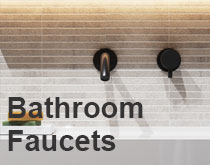How to Install a Bathtub Faucet with Shower Diverter
Planning to install a bathtub faucet with a shower diverter? This type of faucet allows you to direct water either to the tub spout or to the showerhead, making it a functional centerpiece in modern bathrooms. For many homeowners, this project sounds complicated — but with the right preparation, you can complete it in a single afternoon. In this article, we’ll cover the tools, step-by-step process, and pro tips to ensure a leak-free installation of your bathtub faucet with diverter.
Before you begin, remember that faucet installation involves both plumbing and sealing work. Patience is key — rushing the process often leads to leaks or misaligned diverters. Let’s walk through the full process from preparation to testing.
Why Choose a Bathtub Faucet with Shower Diverter?
A diverter-equipped faucet offers two major benefits:
- Space efficiency: Instead of installing separate water controls, a diverter lets you switch between tub and shower seamlessly.
- Cost savings: One fixture performs dual functions, reducing both plumbing complexity and fixture costs.
- Modern styling: Most contemporary designs combine sleek aesthetics with practical functionality, making them popular for remodels.
Tools and Materials You’ll Need
Having the right tools on hand will save you time and frustration. Gather these before you start:
- Adjustable wrench or basin wrench (for tight spaces)
- Screwdrivers (flat and Phillips)
- Allen key (for set screws)
- Plumber’s (Teflon) tape
- Silicone sealant (for added water protection)
- Bucket and towels (to manage water drips)
- New bathtub faucet with diverter — choose a finish that matches your bathroom style
Step 1: Shut Off Water Supply
Locate the water shut-off valves for your bathroom, or turn off the main line if none exist. Open the faucet to release pressure and drain remaining water. This prevents accidental spills when you detach the old faucet.
Step 2: Remove the Old Faucet
Loosen the set screw underneath the spout using an Allen key. If your existing faucet screws onto a threaded pipe, use a wrench to carefully twist it off. Clean the pipe thoroughly, removing old plumber’s tape, mineral deposits, or rust. A clean surface ensures your new faucet will seal correctly.
Step 3: Prepare for Installation
Wrap fresh plumber’s tape around the pipe threads in a clockwise direction. This creates a watertight seal and prevents leaks. Apply a thin layer of silicone sealant around the base area where the faucet will sit — an extra precaution to stop water seeping behind the wall.
Step 4: Install the New Faucet with Diverter
Slide the faucet onto the pipe, ensuring proper alignment. Secure it with the set screw or tighten onto the threads. Test the diverter knob or lever — it should move smoothly between “tub” and “shower” positions. Do not overtighten, as this may crack fittings or damage the finish.
Step 5: Connect the Showerhead (if applicable)
If your faucet includes a handheld shower, attach the hose and mount the showerhead bracket securely. Use plumber’s tape on threaded joints to ensure no leaks. Position the bracket at a comfortable height for daily use.
Step 6: Test for Leaks
Turn the water supply back on slowly. Check all joints for leaks by running both hot and cold water. Activate the diverter to test water flow between tub spout and showerhead. If drips appear, retighten connections or reapply plumber’s tape as needed.
Pro Tips for a Professional Finish
- Always confirm hot water is on the left and cold on the right.
- If your pipes are corroded or misaligned, consider calling a plumber before proceeding.
- Protect the faucet finish by wrapping tools in a soft cloth while tightening.
- For long-term durability, replace washers or cartridges every 3–5 years.
With careful preparation and patience, you can confidently install a bathtub faucet with shower diverter yourself. This simple upgrade enhances both style and functionality in your bathroom. 👉 Browse our full Bathtub Faucet Collection to find modern, durable fixtures for your next project.
